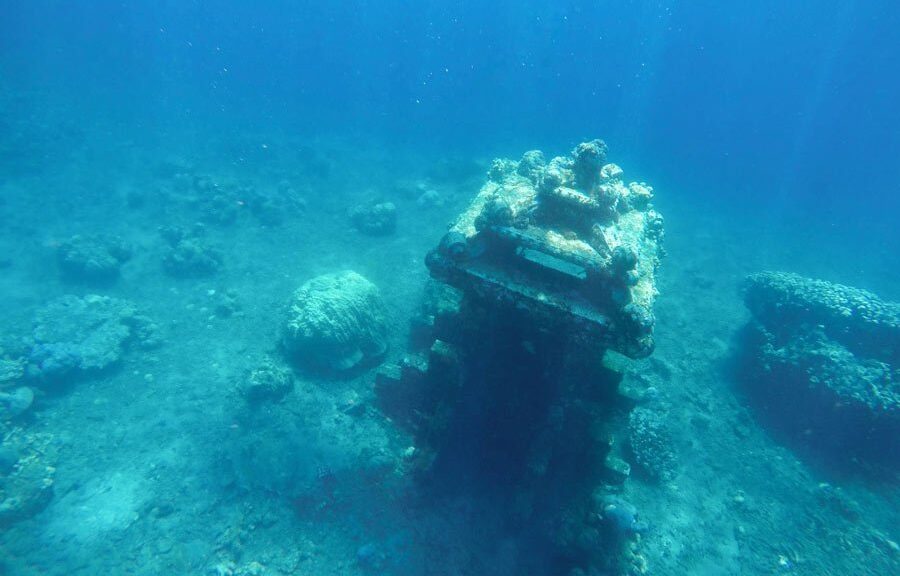Spanish researchers claim to have found lost ancient building dedicated to Hercules
The legendary temple of Hercules Gaditanus, who was known as Melqart in Phoenician times, was a key pilgrimage site in ancient times.
According to classical records, the temple witnessed the passage of historical figures such as Julius Caesar and the Carthaginian conqueror Hannibal, and dated at least as far back as the ninth century BC.
But thousands of years later, its location remains a mystery, and finding the temple has become something of a holy grail for historians and archeologists, who have been searching for it for centuries.

Now there is a possible answer to this great mystery. Ricardo Belizón, a Ph.D. student at Seville University in southern Spain, has come up with a new hypothesis, which is backed by scientists from his university and the Andalusian Institute of Historical Heritage (IAPH).
Thanks to free software and digital terrain modeling, Belizón has identified traces of a monumental building in the Caño de Sancti Petri, a shallow channel in the Bay of Cádiz, between the towns of Chiclana de Frontera and San Fernando, in the southern region of Andalusia.

The temple of Hercules Gaditanus is mentioned in classical Greek and Latin literature as the place where Julius Caesar wept bitterly before a representation of Alexander the Great and where the Carthaginian conqueror Hannibal went to offer thanks for the success of his military campaign a century and a half earlier.
All these references mention “a changing environment, in contact with the sea, subject to the changing tides, in a temple where there must have been port structures and a seafaring environment,” says Milagros Alzaga, head of the Center for Underwater Archaeology (CAS), who also participated in the research.

Following decades of academic controversy and different proposals for the temple’s location, the one put forward now by Seville University and the IAPH falls within a radius earmarked as the most obvious.
The site is a huge marshy channel dominated by an islet and the castle of Sancti Petri, which rises above it.
For more than two centuries, the area has been yielding important archaeological finds, now on show in the Museum of Cádiz, such as large marble and bronze sculptures of Roman emperors and various statuettes from the Phoenician period.
All these discoveries helped to delineate the location of the temple of Hercules Gaditanus as lying somewhere between the slopes of the islet itself and a slither of fine sand and a rocky intertidal zone, known as Boquerón point.
